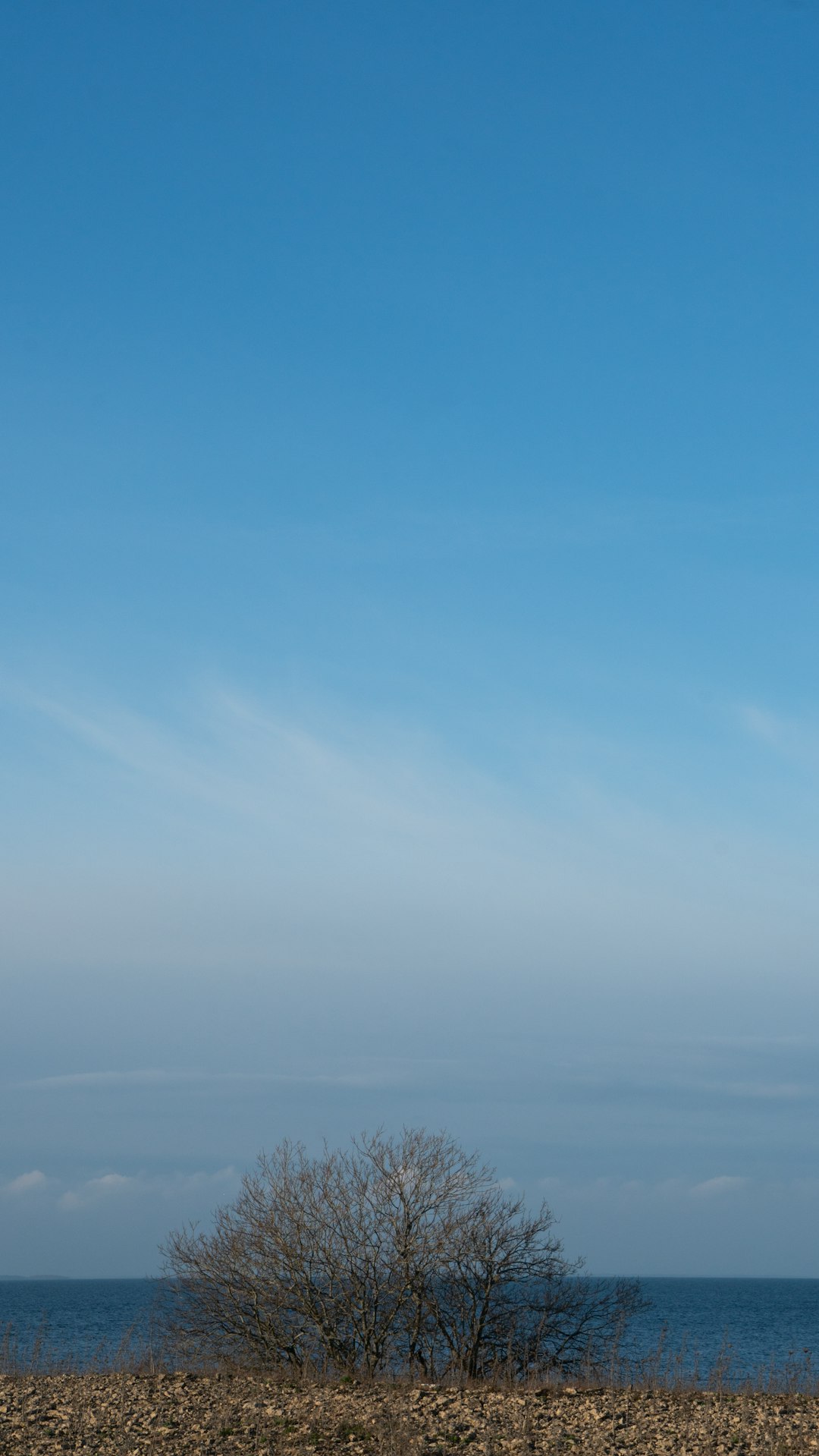Terezín fortress town
Featured location 10/2016
Few cities in the Czech Republic are so linked in the minds of filmmakers to the Second World War as Terezin, so much so that it prevents them from considering opening the location for other potential uses. Yet, the fortress town, whose history dates back to the 18th century, has a dynamic range of cinematic attractions on offer. Photos by Jana Formánková and Roman Gazsi, source: www.terezin.cz
The Terezin fortress was founded by Emperor Joseph II. in 1780, who named it “Theresienstadt” in honour of his mother, Maria Theresa. His main aim was to secure the roads from enemy armies during the Prussian-Austrian war. The fortress was capable to mount a defence within a decade of its founding. In its day, Terezin was a state-of-the-art European bastion, situated atop a formidable peak of fortress architecture, replete with long, high brick walls and a system of moats. It is among the few historic fortresses in Europe that remains almost fully intact today. The fortress walls and infrastructure were completed in the late 18th and early 19th centuries. In the town of Terezin itself is a network of streets in an unreconstructed state, as well as parts that have been restored to their original glory. “Filmmakers often do not immediately consider that two hundred years ago, these buildings were not battered and marked by peeling plaster. But here you will find both – those restored and those largely untouched,” says Jiří Hofman, who heads Terezín information centre. Unlike other fortresses for example in Prague, Hradec Králové, and Olomouc – or for that matter, in Dresden – the one in Terezín was truly preserved and is in mint condition. In it are spacious barracks with wooden floors, and grand halls with vaulted ceilings. On the grounds of the former hospital, in use until the 1990s, and reminiscent of Prague’s Invalidovna (Hôtel des Invalides), are many courtyards with long halls with high ceilings and lined with many doorways. Terezín used three kinds of defences. Apart from to the fortifications that every major city once would have, including Prague, is a water system and so-called permanent mine. Trenches and low-lying areas around the fortress could be flooded for defensive purposes by the Ohře (Eger) River. Such underground canals and sluices are lined with striking sandstone and brick. Many passages stretch for lengths of up to 34 kilometres, whilst some are multilevel and of various dimensions, from a mere 60 centimetres in height and 50 centimetres in width, up to 2.5 by 2 metres. Casemate spaces include vaulted rooms, mostly built of brick, some lined with lime plaster and reaching dimensions of 20 by 5 meters. Also of note are Terezín’s 19th century riding stables, built using a unique system of curbs, and one of only three such structures in Central Europe, behind which stand the constructions by the 16th century architect Philibert de L’Orme, one of the great masters of the French Renaissance. Today the town of Terezín has 3,000 inhabitants and its residential and commercial areas offers up an atmosphere just right for filming the adaptation of Jaroslav Foglar’s 1940’s classic “Rapid Arrows” – which is to say old streets with crumbling courtyards, former pubs and a network of canals some 8 kilometres long that dates from the late 18th century. “The Czech army was housed here up until the 1990s, and so in Terezín you’ll also find modern concrete bunkers and a number of interesting derelict or unused spaces, still stocked with Army furniture, and ready for filming. The fortress also features historical period furniture, an 18th century military kitchen, along with dishes, benches, and tables, and accurate and functional military replicas, such as cannons, but also an outfitted castle parlour,” Jiří Hofman says, commenting on the wide variety of available locations.
Contact the Czech Film Commission or one of the many local location managers for more information about this and other locations.
















































